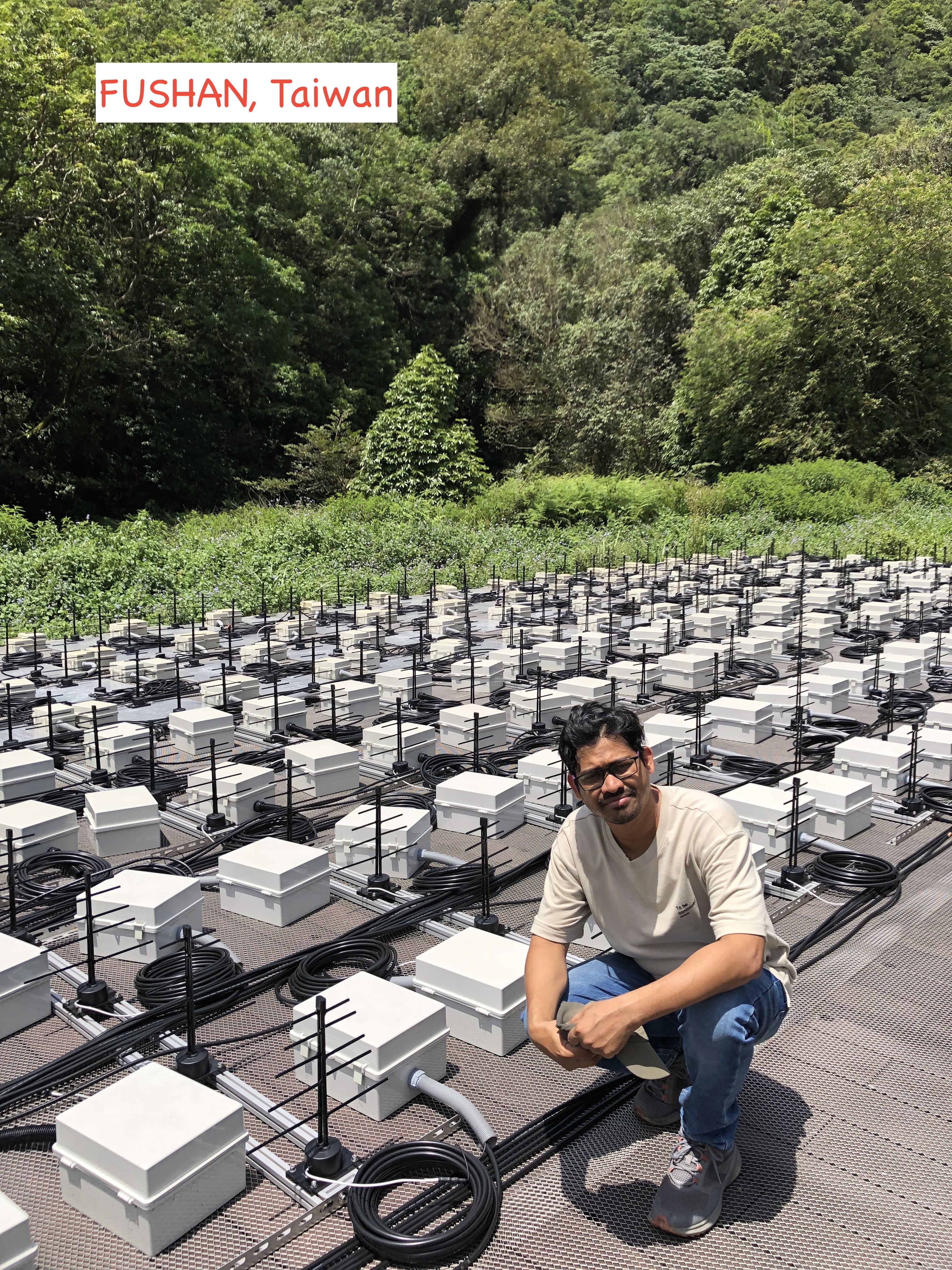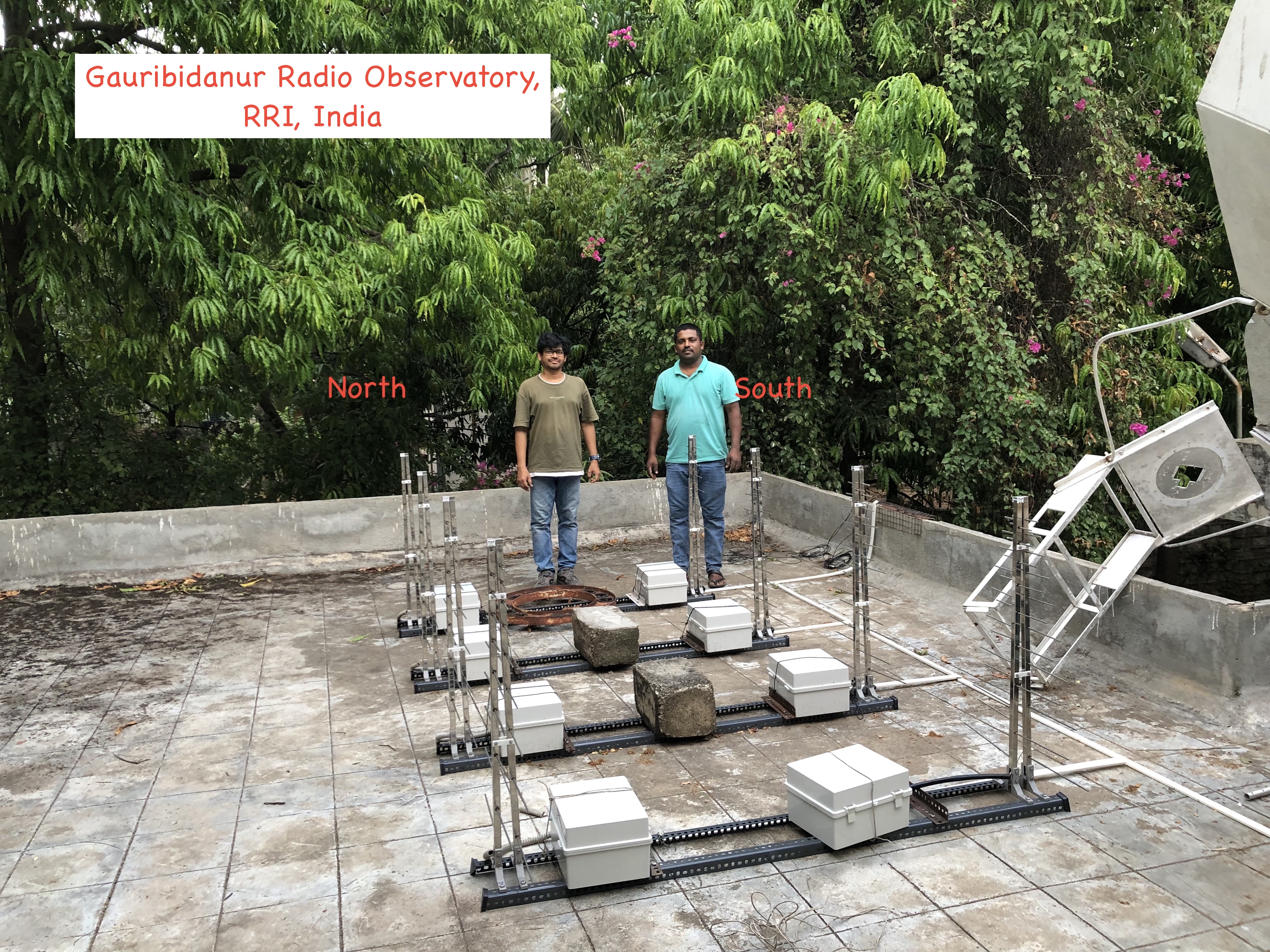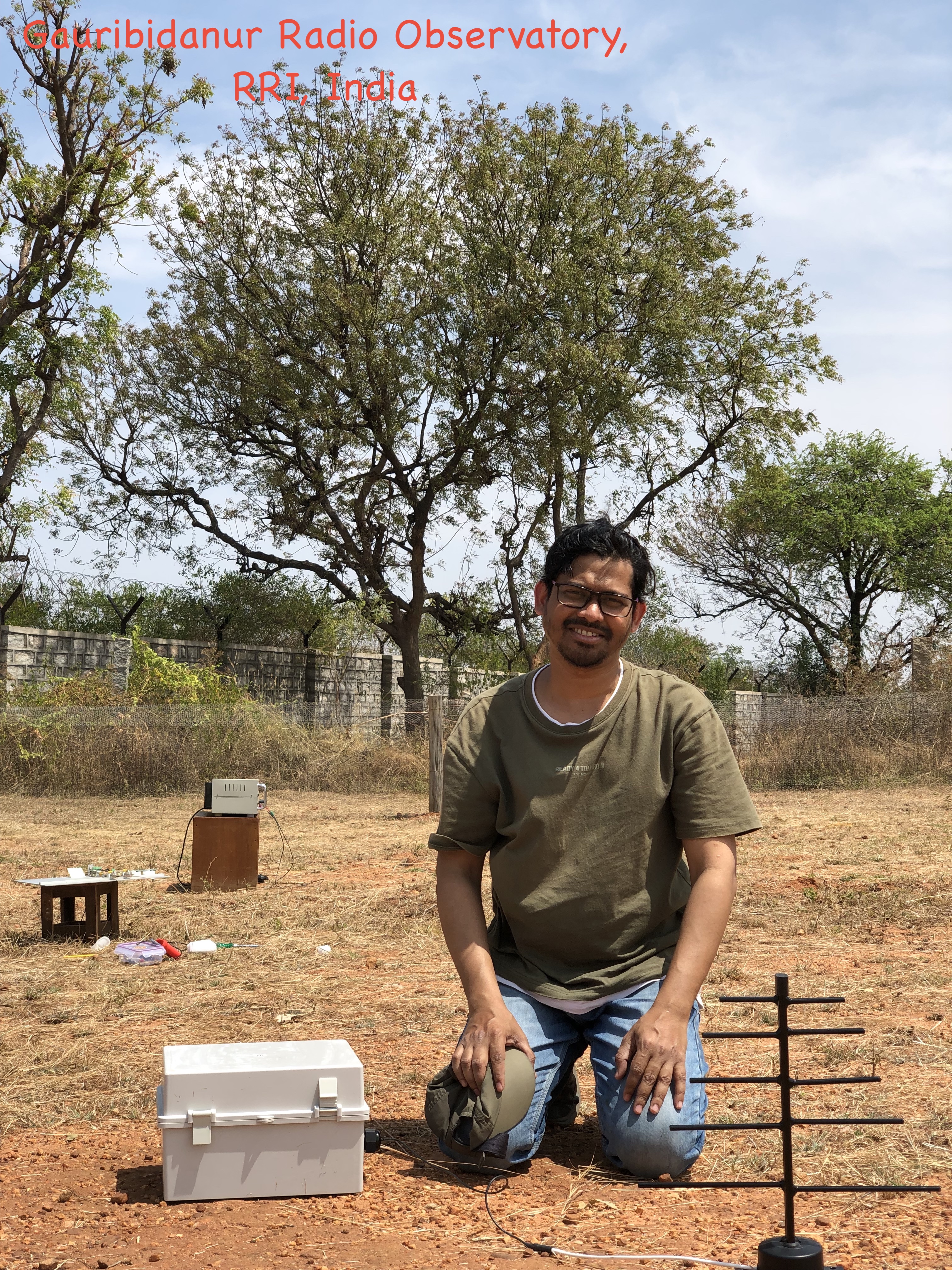Radio Instrumentation
I have a strong interest in developing new astronomical instruments and exploring the unknown using advanced observational facilities. Currently, I am involved in the installation of a radio telescope in Taiwan - the Bustling Universe Radio Survey Telescope (BURSTT). The primary objective of BURSTT is to detect and localize Fast Radio Bursts (FRBs), which are among the most enigmatic and energetic phenomena in the universe. This project represents a significant step forward in time-domain radio astronomy and offers exciting opportunities for discovery and technological innovation.
Why FRBs are interesting?
Fast Radio Bursts (FRBs) are transient radio pulses with durations on the order of a few milliseconds. Their origins remain one of the biggest unsolved mysteries in astrophysics. Observationally, FRBs exhibit some similarities to pulsars. A typical FRB releases energy on the order of ~1040 erg, with peak luminosities reaching ~ 1037 erg/s. These bursts also show high dispersion measures (DM), often in the range of several hundred cm-3 pc, indicating that most FRBs originate from distant extragalactic sources. While a few repeaters have been identified, the majority of FRBs are non-repeating, which makes their detection and precise localization especially challenging.
What is BURSTT?
BURSTT is a unique radio software telescope. The main telescope station is based in Taiwan with a few outrigger stations within and outside Taiwan. All these outriggere stations collectively provide very large field of view and sub-arcsecond localization of the FRB origin.
Outrigger Station in India
There are several outrigger stations of the BURSTT projects as a part of VLBI observations Lin et al. 2022. I am involved in the installation, calibration and data processing of the telescope with out the BURSTT collaboration. I am particularly leading one BURSTT outrigger station at Raman Research Institute (RRI), Bangalore, India.


